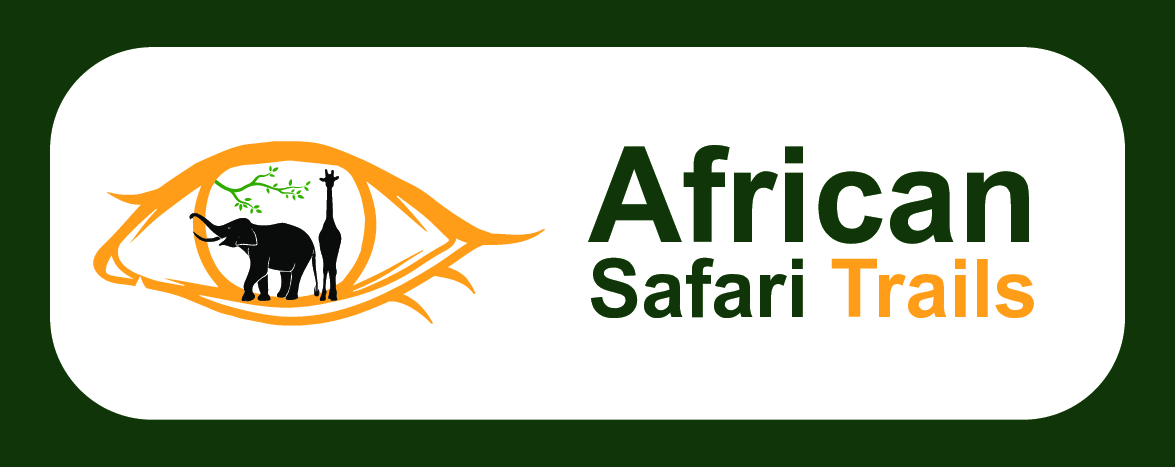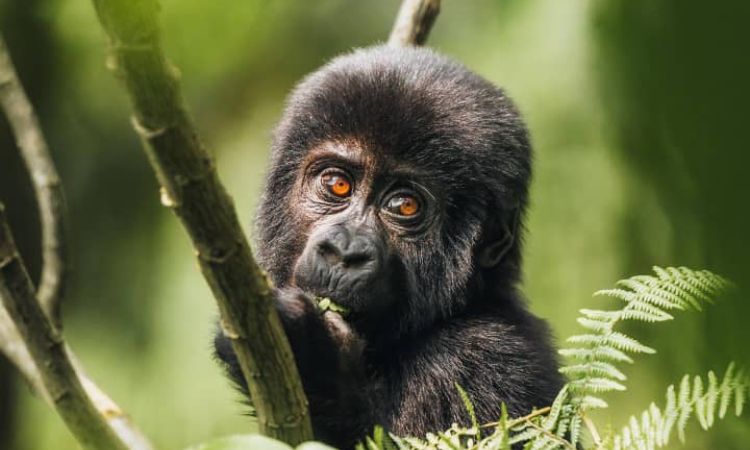Gorilla trekking in East Africa is a bucket-list adventure, offering the rare chance to observe endangered mountain gorillas in their natural rainforest habitat. Both Uganda and Rwanda are premier destinations for this life-changing experience, and each country offers its own unique advantages in terms of terrain, accessibility, cost, and overall atmosphere. Choosing between the two depends largely on your travel preferences, budget, and time constraints.
In Uganda, gorilla trekking takes place in Bwindi Impenetrable National Park and Mgahinga Gorilla National Park, both located in the southwestern part of the country near the border with Rwanda and the DRC. Bwindi is the most popular of the two, known for its dense, ancient forest, rugged terrain, and high concentration of habituated gorilla families. The trekking experience in Uganda is often more physically demanding due to the thick vegetation and steep trails, making it ideal for adventurous travelers looking for a raw, immersive encounter in a truly wild environment.
On the other hand, Rwanda’s gorilla trekking takes place in Volcanoes National Park, part of the larger Virunga Mountains ecosystem. The forest here is lighter and the terrain less dense, making the trek slightly more manageable for those who may not be as physically fit. The proximity of Volcanoes National Park to Kigali International Airport — just a 2.5-hour drive — also makes Rwanda more convenient for short-stay visitors or those seeking a quick luxury escape. The overall infrastructure in Rwanda is more developed and polished, often appealing to high-end travelers who prefer shorter travel times and upscale accommodations.
When it comes to cost, Uganda offers a more budget-friendly option. As of now, Uganda’s gorilla trekking permit costs $800 per person, while Rwanda’s is $1,500 per person. This price difference can be significant, especially for groups or families, and may influence many travelers to choose Uganda if budget is a major factor. Additionally, Uganda offers a gorilla habituation experience at a higher fee, allowing visitors to spend four hours with a gorilla family in the presence of researchers — a unique opportunity not available in Rwanda.
In terms of wildlife diversity and park variety, Uganda holds a clear advantage. Beyond gorillas, Uganda offers opportunities for chimpanzee tracking in Kibale Forest, traditional game drives in Queen Elizabeth and Murchison Falls National Parks, and boat safaris along the Nile. Rwanda, while smaller, is rapidly expanding its tourism offerings, including chimpanzee trekking in Nyungwe Forest and savanna safaris in Akagera National Park.
Ultimately, both Uganda and Rwanda provide exceptional gorilla trekking experiences. Uganda appeals more to adventurous and budget-conscious travelers who are open to longer drives and a more rugged environment. Rwanda is ideal for travelers seeking comfort, luxury, and ease of access, even if at a higher price point. Whichever country you choose, encountering a mountain gorilla in the wild is a deeply moving and unforgettable experience — one that transcends borders.

